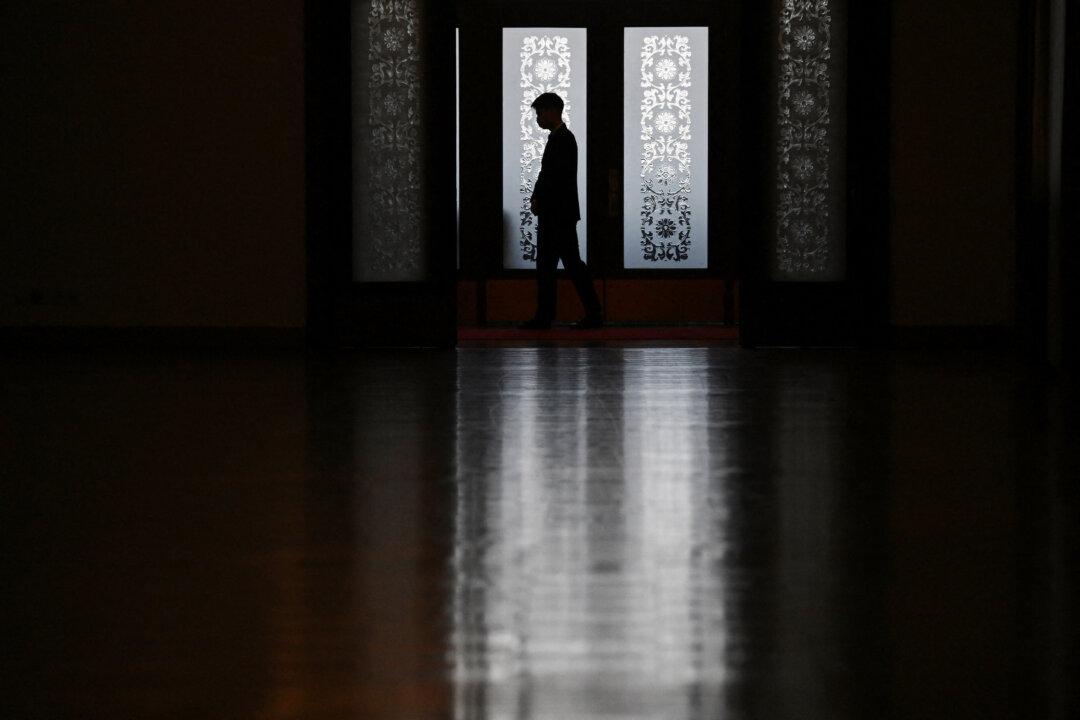After Yale researchers estimated there are perhaps 22 million illegal immigrants in the United States, multiple immigration think-tanks blasted the study for flawed methodology. But the authors have pushed back.
The study estimated that there are 12-37 million illegal immigrants in the country, with a conservative estimate of 16.7 million and an average estimate of 22.1 million.
The old estimates used the “residual” method, where the number of legal immigrants is subtracted from the Census Bureau count of all immigrants. The result is then corrected upwards for under-reporting as illegal immigrants are more likely to be missed or avoid census counts and surveys.
The new estimate starts from a 1990 baseline of 3.5 million illegal immigrants, which has been somewhat validated by how many took advantage of the 1986 immigration amnesty. The researchers then estimated how many people illegally crossed the borders, overstayed their visas, were deported, left the country on their own, gained legal status, or died.
By using new DHS data on visa overstays and illegal border crossings, the authors—Mohammad Fazel-Zarandi, Jonathan Feinstein, and Edward Kaplan—estimated the illegal immigrant population for 2016.
Pushback
The same day, the journal also published a commentary by four researchers from the Migration Policy Institute (MPI) think-tank.The commentary stated the new study was flawed because, among other issues, it improperly used 2005-2010 DHS estimates to count successful border crossers in the 1990s.
The MPI argued that by counting each repeated entry as a new illegal immigrant, the new study overcounted.
However, the MPI argument of “few consequences” at the border in the 1990s has it’s problems too. At the time, Border Patrol doubled its force and was catching 1 million to 1.5 million border crossers a year, compared to some 400,000 in 2016.
Still, the Center for Immigration Studies (CIS), a think-tank which advocates a “low-immigration, pro-immigrant” policy, concurred with the MPI. The CIS criticised the new study for failing to reconcile its results with other data.
Even illegal immigrants know they need birth certificates for their children, if only to ensure U.S. citizenship for them, Camarota told The Epoch Times. The children then enroll in schools. If the Census Bureau missed that many illegal immigrants, its estimates would diverge much more from birth and school data. But they don’t, he said.
Defense
The authors of the new study rejected the criticism.“These criticisms are seriously flawed, and reflect a deep misunderstanding of the mathematical techniques we employ,” Kaplan, a professor of operations research, public health, and engineering, told The Epoch Times via email.
“The residual method is giving a precise estimate of the wrong quantity,” they stated.
New Approach
While critical, the MPI researchers commended the new study for making “creative use” of the new DHS data. The MPI noted that the new study’s estimates of growth in illegal immigrant population after 2000 align with other research.By adjusting the new estimates based on the old DHS estimate of 8.5 illegal immigrants in 2000, one would come up with a conservative estimate of about 11.7 million and an average estimate of 13.6 million illegal immigrants in 2016.
Camarota said there could be more illegal immigrants than the usual estimates show and that perhaps the new study indicates that.





